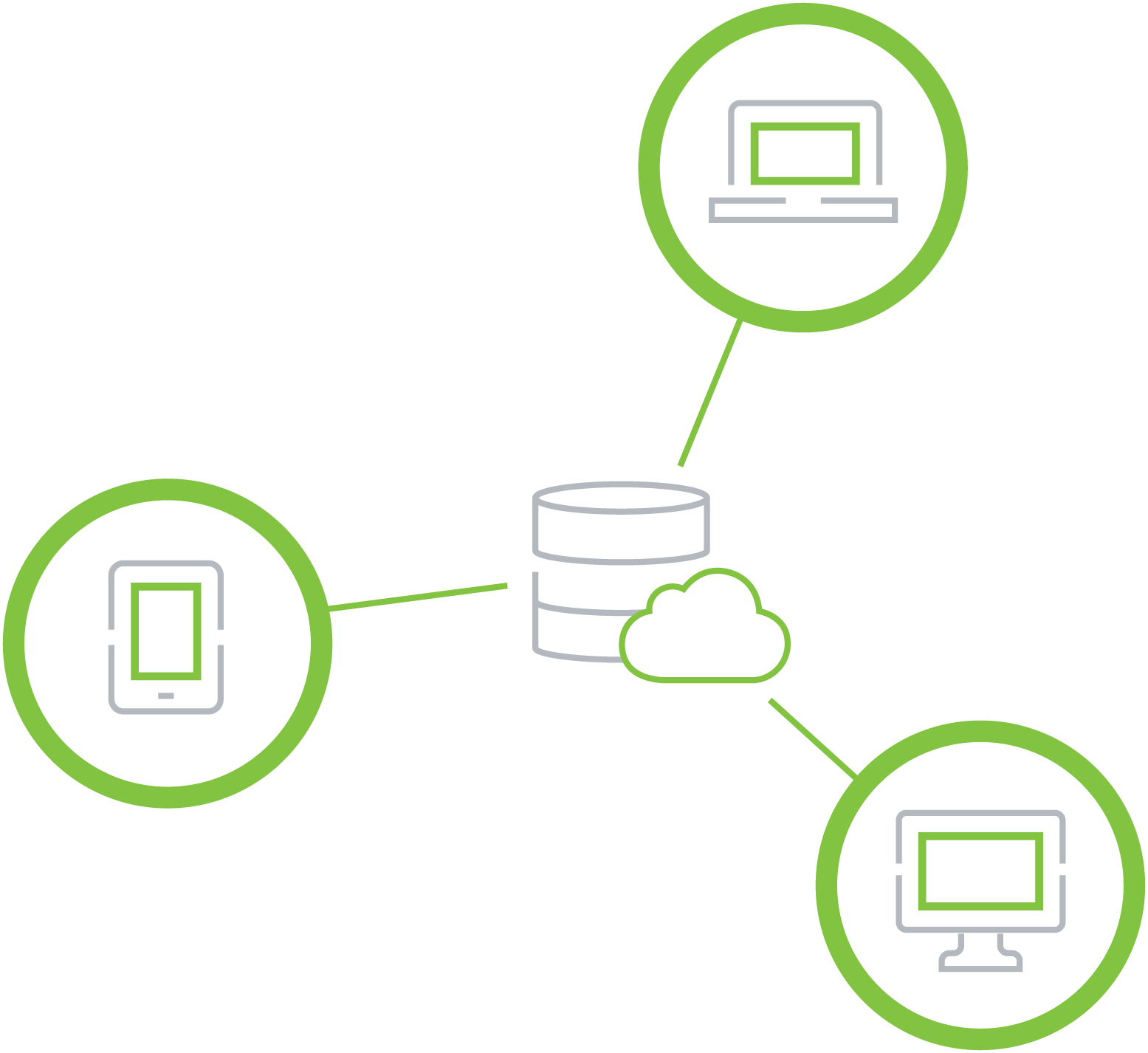In today’s fast-paced digital world, safeguarding sensitive data demands a proactive approach. Risk assessment and vulnerability management are at the core of any strong cybersecurity strategy. These practices help organizations identify, evaluate, and address potential threats before they can be exploited—ensuring not only data protection but also regulatory compliance and operational continuity.
By detecting vulnerabilities early and deploying targeted remediation efforts, businesses can avoid disruptions, maintain trust, and meet ever-evolving security standards. Let’s explore the value of these practices and the steps organizations can take to strengthen their defenses.
Why Risk Assessment and Vulnerability Management Matter
1. Early Identification of Threats
Proactively scanning for weaknesses allows organizations to uncover security gaps before attackers do. This early insight reduces the likelihood of data breaches and protects critical systems from compromise.
2. Prioritized Remediation for Critical Risks
Not all vulnerabilities carry the same risk. A structured vulnerability management program ranks threats by severity, allowing security teams to focus on the most urgent issues first—saving time, resources, and reducing exposure.
3. Strengthening Overall Security Posture
Regular risk assessments help uncover flaws across your infrastructure—from network devices and software applications to user access controls. Fixing these vulnerabilities improves the resilience of your entire environment and narrows potential attack surfaces.
4. Maintaining Regulatory Compliance
For industries governed by standards like GDPR, HIPAA, or PCI-DSS, conducting consistent risk assessments and vulnerability scans is essential. Compliance efforts not only reduce the risk of fines but also ensure legal and ethical handling of personal and sensitive data.
Real-World Impact
Organizations that implement ongoing risk assessments and vulnerability scans report significantly fewer security incidents. Research shows that companies conducting regular, comprehensive scans reduce their risk of data breaches by up to 60% compared to those relying on occasional audits.
Key Challenges in Implementation
1. Constantly Evolving Threat Landscape
Cyber threats change rapidly as hackers develop new techniques. Staying ahead requires constant updates to threat intelligence sources and timely adjustments to security protocols.
2. Limited Resources and Expertise
Comprehensive risk assessment and vulnerability management demand skilled professionals, time, and investment in specialized tools. Many organizations, particularly small and mid-sized ones, struggle with limited budgets and staffing.
3. Complex IT Environments
Modern infrastructures—spanning cloud services, remote workforces, and hybrid networks—add complexity. Ensuring consistent vulnerability detection across these environments can be difficult without integrated tools.
4. Minimizing Operational Disruptions
While patching vulnerabilities is vital, doing so without affecting system uptime is a delicate balance. Security teams must coordinate updates carefully to maintain business continuity.
5. Incomplete Coverage
Some organizations conduct vulnerability scans but fail to cover their entire digital ecosystem. A truly effective approach must include continuous scanning of endpoints, applications, networks, and third-party tools.
Enhancing Cybersecurity with Expert Support
Partnering with cybersecurity professionals can streamline your approach and deliver better results. Here’s how:
1. Routine Risk Assessments
Scheduled evaluations identify gaps in security posture and help maintain alignment with compliance standards. Ongoing assessments reduce the risk of undetected threats and data leakage.
2. Automated Vulnerability Detection Tools
Modern tools offer real-time scanning, quickly identifying weaknesses across your infrastructure. With in-depth analytics and risk scoring, these tools support fast, effective remediation.
3. Threat Intelligence and Expert Analysis
Cybersecurity experts provide actionable insights into threat trends and help tailor your defense strategy to the specific risks your organization faces.
4. 24/7 Monitoring and Rapid Response
Around-the-clock security operations ensure immediate detection and response to incidents—minimizing damage and restoring operations quickly in the event of an attack.
5. Compliance and Audit Readiness
Robust reporting tools and expert guidance help organizations prepare for audits and maintain documentation required for compliance with data protection regulations.
Conclusion
Effective cybersecurity is no longer reactive—it’s proactive. By embedding regular risk assessments and comprehensive vulnerability management into daily operations, organizations can significantly reduce exposure to cyber threats, avoid costly breaches, and maintain compliance with critical regulations.
Ready to fortify your data security?
Get in touch today to discover how our expert solutions can help you build a resilient, compliant, and future-ready cybersecurity framework.






